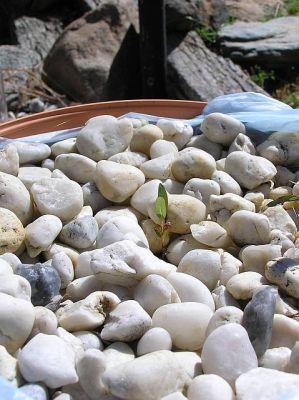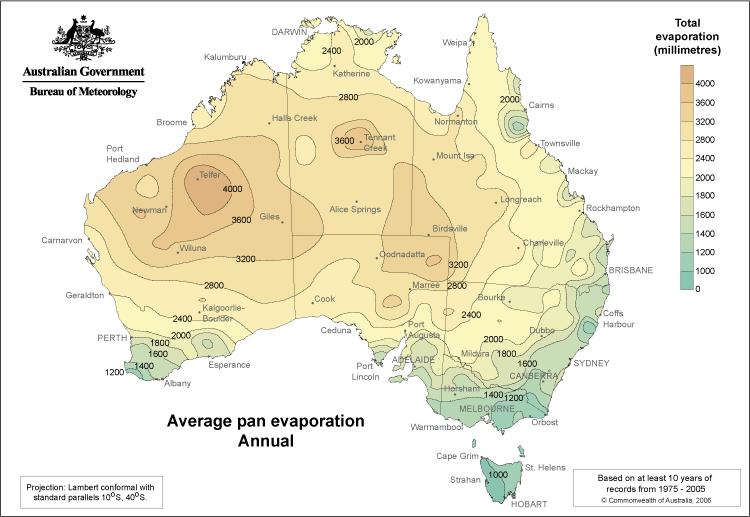This is why zero till farming is making a huge impact.
I don't pretend to know all the inns and outs, I'm not farming but I talk to a lot of cockies in these parts, and while not without its own issues, conserving water is one huge plus.
Intelligent grazing, eg. rotation or cell grazing can help immensely too (I can talk from experience on that one) by maintaining a healthy density of pasture, encouraging dung beetles by carefully considered stock worming practices and improving soil humous.
Even on a smaller scale, we use lots of mulch around all the trees and shrubs we've planted to reduce evaporative losses.





 Reply With Quote
Reply With Quote


Bookmarks